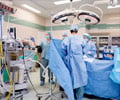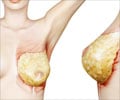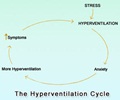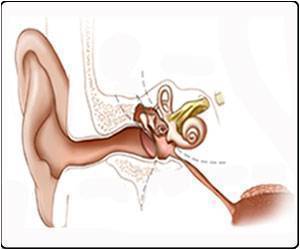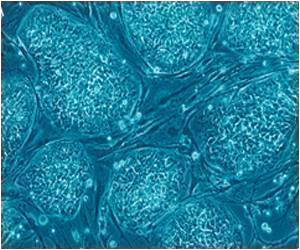Study says patients who seek a second surgery to revise their rhinoplasty often do so because they are dissatisfied with the symmetry of their nasal tip
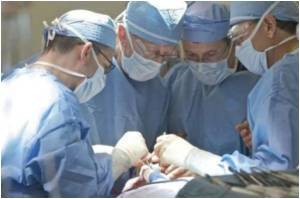
Approximately 5 percent to 15 percent of patients who have rhinoplasty [plastic surgery on the nose] seek revision surgery, according to background information in the article. "To optimize patient satisfaction from revision rhinoplasty, the surgeon must be keenly aware of the functional and cosmetic deficiencies that the patient considers most problematic," the authors write.
Kathy Yu, M.D., of Columbia College and Cornell University, New York, and colleagues collected questionnaires from 104 consecutive patients seeking revision rhinoplasty between Jan. 1, 2008, and June 30, 2009. Patients ranked the top three reasons for seeking revision surgery, reported any symptoms of nasal obstruction and listed the reasons they did not return to their primary surgeon. The surgeon who consulted the patients also reported three primary aesthetic findings along with objective indications of nasal obstruction in patients who reported symptoms.
Most patients reported seeking revision surgery because of tip asymmetry, difficulty breathing or nasal blockage, or a crooked middle third of the nose. The most common aesthetic concerns cited by patients and surgeons were tip asymmetry, a crooked middle third and irregularities in the upper third of the nose.
An average of 79 percent of patient concerns were also identified by the surgeon. "The discrepancy between patient concerns and surgeon findings arose for a variety of reasons," the authors write. "One of the main reasons is the surgeon's use of a conventional set of anatomical boundaries, specifically regarding the upper vs. middle third of the nose. Patients often do not have intricate knowledge of nasal anatomy to properly distinguish between nasal thirds."
However, only 55 percent of the surgeon's findings were also noted by the patient. This may be because surgeons are critical of their own work or the work of other surgeons, or "owing to the more comprehensive review of nasal anatomy by the trained eye of the surgeon, who follows a systematic method of evaluating the nose against a classical standard," the authors write. "Patients, on the other hand, may have more subjective and varied opinions on their ideal appearance."
Advertisement
"These findings emphasize the importance of physician awareness of patients' concerns, understanding the causes of postsurgical nasal obstruction and clearly explaining nasal aesthetics to patients seeking revision rhinoplasty," the authors conclude.
Advertisement

